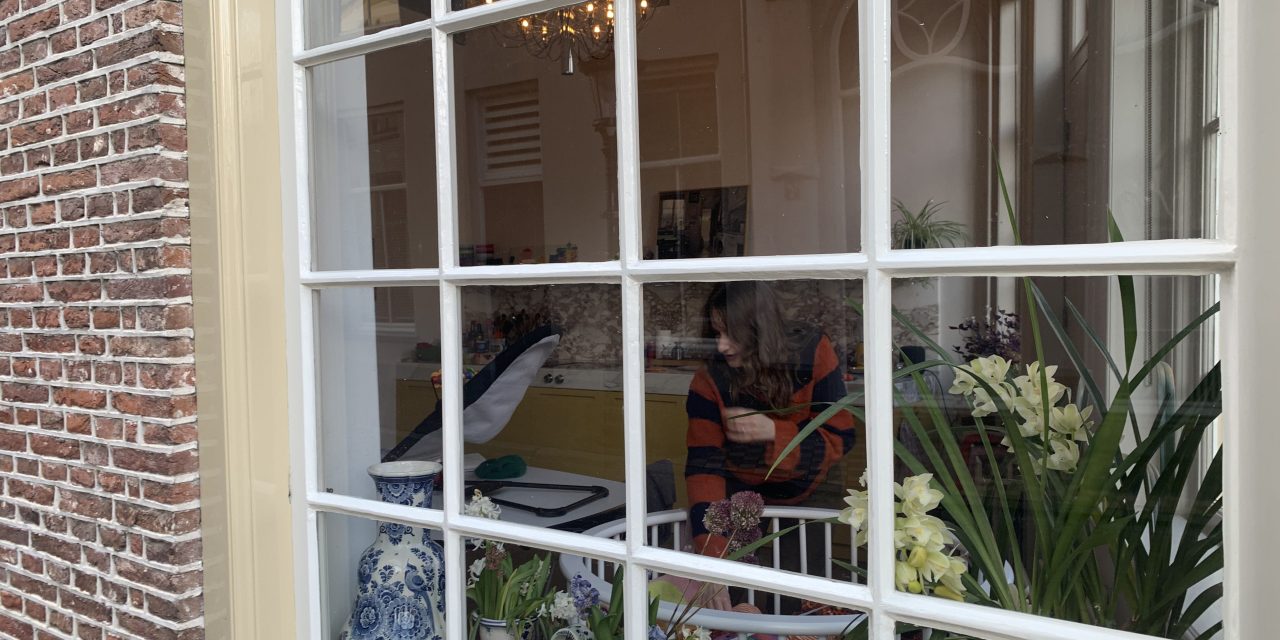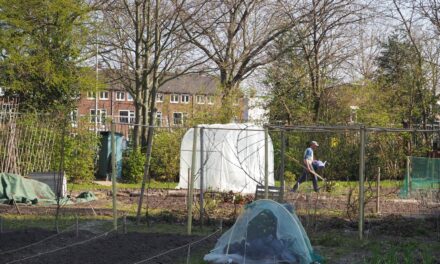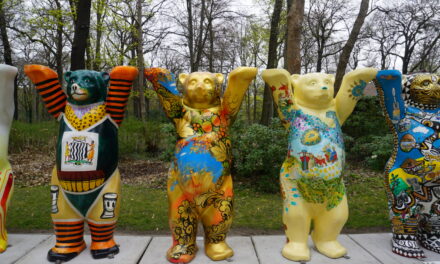A room with a view: In the Netherlands, many homes feature large, street-facing windows. Some residents embrace openness, while others prefer privacy. But what defines being truly Dutch?
Severin Weh
Historically, the Dutch approach to windows reflected Calvinist values—openness signaled honesty. “Niets te verbergen” (“Nothing to hide”) wasn’t just a saying but a cultural mantra. American sociologist Hernan Vera noted the reciprocity in Dutch window culture: “You can’t look inside without being seen.” Ground-level windows once encouraged spontaneous chats between housewives and passersby. Maike Sluis, a lifelong Utrecht resident, recalls an old neighbor who embodied this spirit: “She’d sit by her window all day, keeping an eye on the street. If someone rang my doorbell while I was out, she’d shout from her window, ‘She’s not home, she works till five!’” Yet, not everyone approved, as the chattering was seen as a low-class thing to do. The Dutch architect Beurs van Berlage sought to curb street gossip by designing elevated, narrower windows. Even then, the vitrage, a lace curtain offered a way to control visibility.
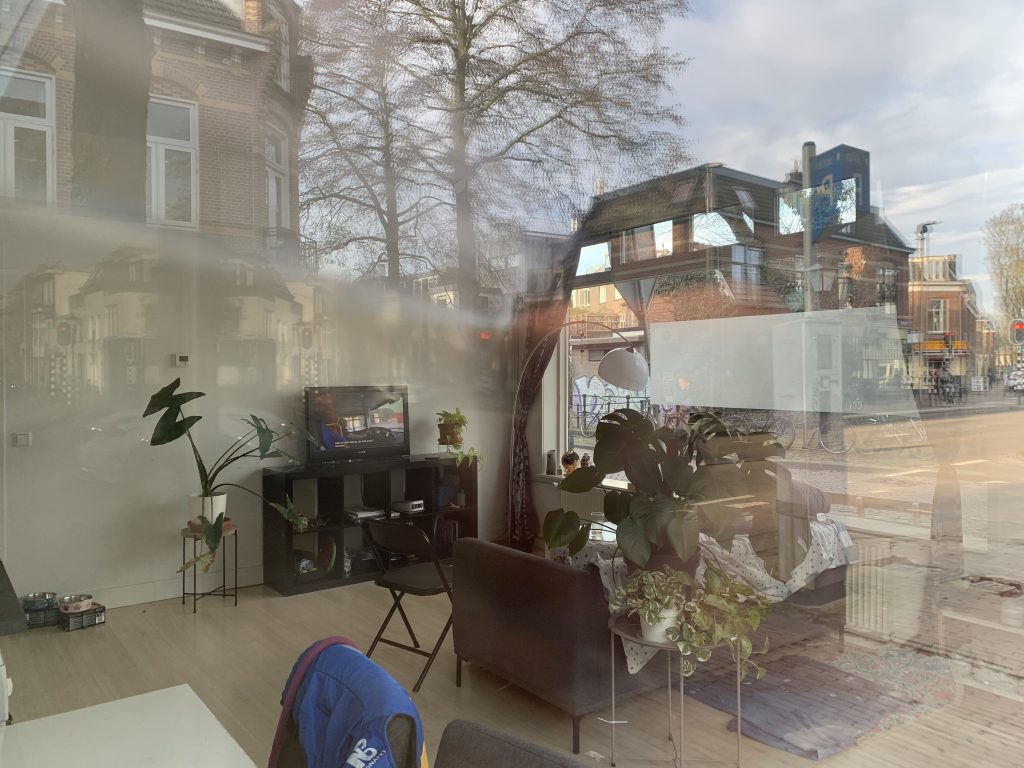
Today, privacy tools like frosted films and adjustable blinds make windows more complex – thresholds between public and private life. “People are conscious of what their windows say,” explains Dutch culture expert Irene Stengs from the Meertens Institute. Symmetrically placed plants or decorative items aren’t random; they reflect pride and status, even when the windows remain uncovered.
To be seen or not seen
Communication can have many forms, one of them are radio waves. Maike Sluis has just passed her exam for telecommunications on boats. Her large ground-floor window once hid behind frosted film for 28 years, limiting sunlight but providing privacy. Recently, she removed the film, embracing natural light and reconnecting with street life. Now, kids stop to admire her model sailboat, and passersby often swap books at the little blue box by her door. “I love seeing these small moments of connection,” she says.
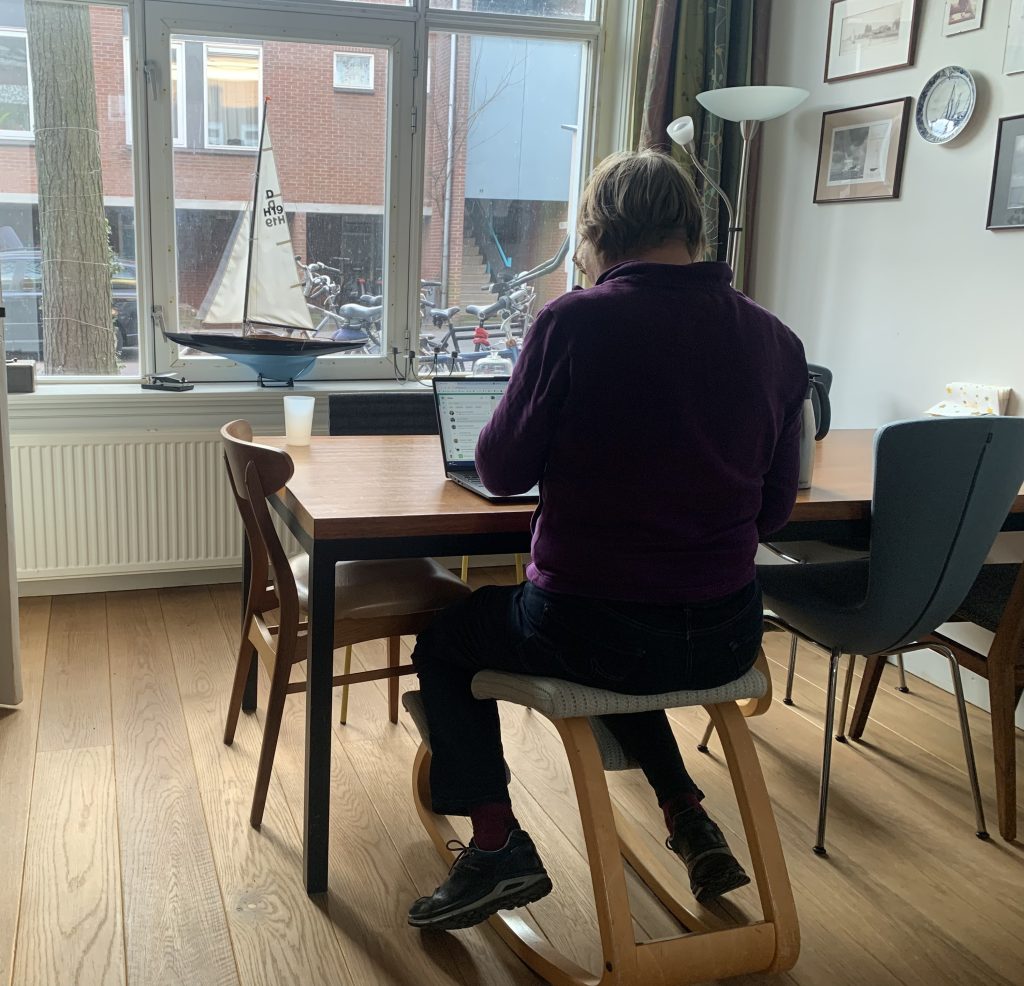
Not everyone shares this openness. Olivier and Anna, who live near the Stadsbuitengracht, opted for frosted film covering the lower half of their window. “We enjoy the sunlight but prefer to eat in peace,” says Olivier. Though typically Dutch in many ways, they value privacy over full transparency.
Meanwhile, Iris, living in Utrecht’s city center, embraces the open-window tradition. She plays with her baby in plain view, unfazed by passing tourists. “I don’t mind people looking in,” she shrugs. Though she sometimes closes the curtains when things get rowdy outside, she avoids permanent coverings.
After a day of wandering Utrecht and chatting with residents, the sun sets and it’s clear there’s no single Dutch window culture. While some celebrate openness, others favor privacy or a hybrid of both. As Stengs points out, culture is fluid—shaped by personal taste, technology, and shifting social norms.
